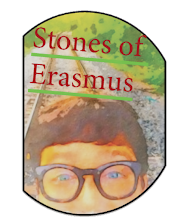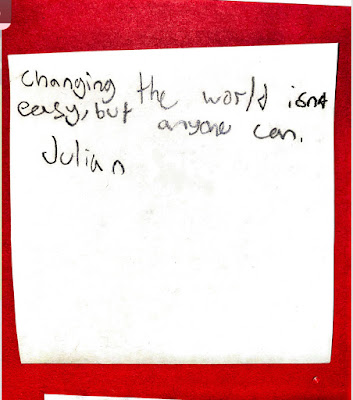.png) |
| Heracles (Hercules) as a constellation in the night sky |
This passage comes from a collection called the Homeric Hymns, written thousands of years ago in praise of the gods and heroes. It’s brief but powerful—just like Hercules himself.
📖 Reading Passage
Homeric Hymn XV: To Heracles the Lion-Hearted
I will sing of Heracles, the son of Zeus and much the mightiest of men on earth.
Alcmene bore him in Thebes, the city of lovely dances, when the dark-clouded Son of Cronos had lain with her.
Once, he used to wander over unmeasured tracts of land and sea at the bidding of King Eurystheus, and himself did many deeds of violence and endured many;
But now he lives happily in the glorious home of snowy Olympus, and has neat-ankled Hebe for his wife.
Hail, lord, son of Zeus! Give me success and prosperity.
📝 Vocabulary
-
Lion-hearted – exceptionally brave, courageous
-
Cronos – the Titan father of Zeus, often linked with time and power
-
Alcmene – mortal mother of Heracles
-
Eurystheus – the king who commanded Heracles to complete the famous Twelve Labors
-
Olympus – the mountain home of the gods in Greek mythology
❓ Five Quick Questions
-
Who are the parents of Heracles?
-
Where was Heracles born?
-
Who ordered Heracles to perform his famous labors?
-
According to the hymn, where does Heracles live now?
-
What request does the singer make at the end of the hymn?
✨ Teacher Tip
This short hymn is a perfect bell-ringer activity! Students can practice close reading, connect Heracles to what they know from popular culture, and review key mythological figures like Zeus, Cronos, and Hebe.
If you’d like ready-to-use Greek mythology resources—including reading cards, comprehension questions, writing prompts, and classroom activities—check out my growing collection on Stones of Erasmus, including Heracles. They’re great for middle and high school ELA and Humanities classrooms, aligned to standards, and designed to make mythology come alive.
Quick Question Key: The answer key is included in the easy-to-share PDF (see link at the end of this post).




